5 Signs Your Cat May Have Anemia.
"Learn how to spot the 5 key signs of anemia in cats, including pale gums, lethargy, and jaundice. Protect your feline’s health with early detection tips!"
The Doctor
12/16/20244 min read
Anemia is a serious health condition in cats that occurs when they lack enough healthy red blood cells to carry oxygen throughout their body. Left untreated, it can lead to severe complications. Recognizing the signs early and seeking veterinary care is crucial for your cat’s well-being. In this article, we’ll cover the top five signs of anemia in cats, what they mean, and how you can act to help your feline companion.
1. Pale or White Gums
One of the clearest indicators of anemia in cats is pale or white gums.
What to Look For:
Healthy gums should be a pinkish color. If your cat’s gums appear unusually pale or white, this could indicate a lack of oxygenated red blood cells.
How to Check: Gently lift your cat’s lip and observe the color of their gums. If the gums are pale, contact your vet immediately.
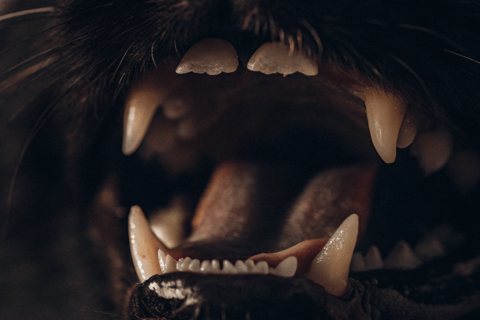

2. Lethargy or Weakness
Anemia often causes your cat to feel tired and less energetic due to reduced oxygen levels in the blood.
Signs to Monitor:
Your cat may sleep more than usual or show reluctance to play or climb.
Weakness might be evident in their inability to jump to higher surfaces or a lack of coordination.
Example: If your typically playful cat avoids their favorite perch or struggles to climb, it could be a sign of anemia.
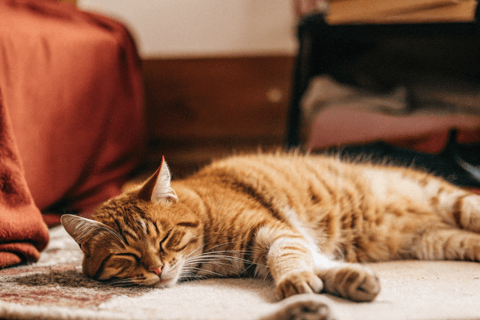

Learn more about "How to Keep Your Cat Active and Healthy."
3. Rapid Breathing or Panting
An anemic cat may breathe faster than normal or appear to pant, even without exertion.
What Causes This?
Anemia forces the body to work harder to circulate oxygen, leading to rapid or labored breathing.
You might notice your cat breathing with an open mouth, which is not typical for healthy cats.
Pro Tip: If you see rapid breathing combined with lethargy or pale gums, consult your vet immediately.
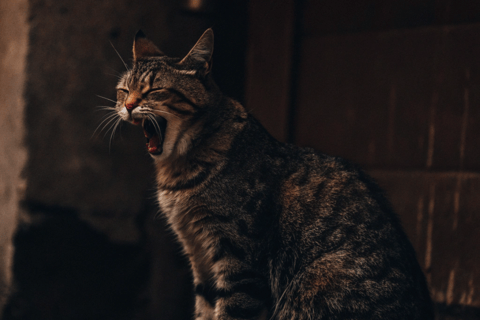

Learn more about respiratory symptoms in cats from VCA Animal Hospitals.
4. Loss of Appetite and Weight Loss
Anemia often results in reduced appetite, leading to noticeable weight loss over time.
What to Look For:
Your cat may eat smaller portions, refuse food altogether, or display disinterest in their usual treats.
Weight loss might become evident if you notice a reduction in your cat’s muscle tone or a sharper appearance of their spine or ribs.
Example: If your cat suddenly stops eating their favorite wet food or loses noticeable weight, it’s time to investigate.
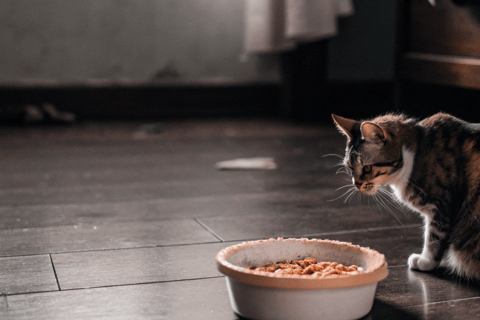

Learn more about "Best Foods to Maintain Your Cat’s Weight."
5. Jaundice (Yellowing of Skin or Eyes)
In severe cases of anemia, you may notice yellowing of your cat’s skin, eyes, or ears due to liver-related complications.
Signs to Watch For:
Check the whites of your cat’s eyes or the inside of their ears for a yellowish tint.
Jaundice often accompanies hemolytic anemia, where red blood cells are destroyed faster than they are produced.
Pro Tip: If you notice jaundice, treat it as an emergency and contact your veterinarian immediately.
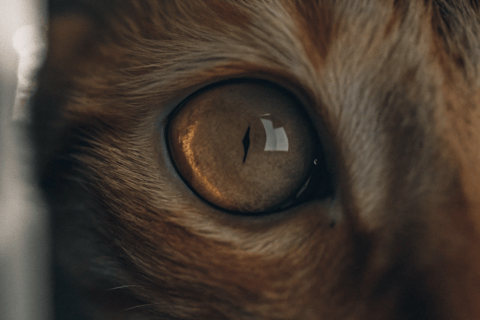

Read more about jaundice and its causes in cats from PetMD.
What Causes Anemia in Cats?
Several underlying conditions can lead to anemia in cats, including:
Blood Loss: From injuries, internal bleeding, or parasites like fleas and ticks.
Nutritional Deficiencies: A lack of essential nutrients like iron, vitamin B12, or folic acid.
Chronic Diseases: Conditions like kidney disease or cancer can interfere with red blood cell production.

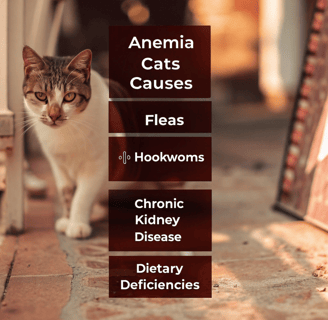
When to See a Veterinarian
If you notice any of these signs, don’t delay in contacting your vet. Diagnosing anemia involves blood tests to measure red blood cell counts and identify the underlying cause. Early intervention can significantly improve your cat’s chances of recovery.
How is Anemia Treated?
Treatment for anemia depends on its cause. Common approaches include:
Medications: To address infections, inflammation, or immune-mediated conditions.
Blood Transfusions: In severe cases, a transfusion may be necessary to stabilize your cat.
Nutritional Supplements: Iron or vitamin-rich supplements may be prescribed if the anemia is due to deficiencies.
Pro Tip: Follow your vet’s advice on diet and medication to support your cat’s recovery.
Conclusion
Spotting signs of anemia in cats early can make a critical difference in their recovery and quality of life. From pale gums to lethargy and rapid breathing, staying vigilant about your cat’s behavior and physical condition is key. If you suspect your cat may have anemia, consult a veterinarian as soon as possible to ensure they receive the best care.
By staying informed and proactive, you can protect your cat’s health and well-being.
